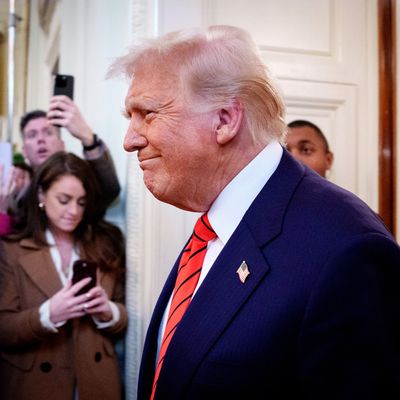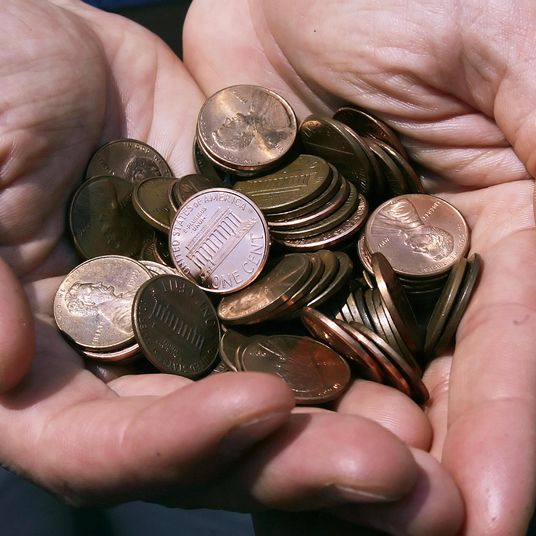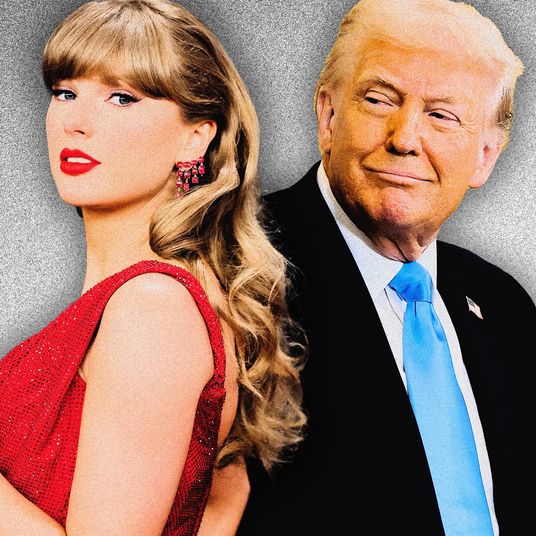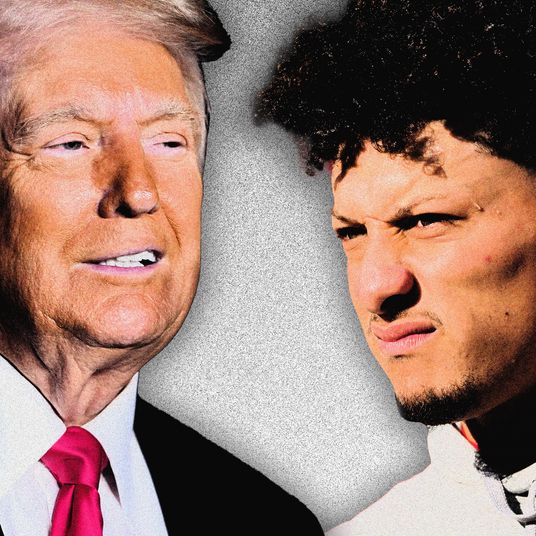
New York’s long-awaited congestion-pricing program went into effect in Manhattan in early January, overcoming numerous legal challenges and an aborted planned launch in June. The program debuted to mixed reactions, though data from the MTA suggests it’s meeting its goals of reducing Manhattan traffic. But the toll might be in danger, as President Donald Trump signaled his intentions to “kill” it in a recent interview. Here’s what we know so far.
What has Trump said?
In an interview with the New York Post published Saturday, Trump echoed his previous opposition to congestion pricing, calling the program “destructive to New York.”
“Traffic is way down because people can’t come into Manhattan and it’s only going to get worse,” he told the outlet. “People don’t know about it until they get the bill.”
The president said that he had at least two conversations with Governor Kathy Hochul about potentially coming to a compromise to end congestion pricing, though he didn’t go into detail about what was discussed. Trump could potentially challenge the federal authorization given to the program or withhold key transportation funding. “I think it’s really horrible, but I want to discuss it with her at this point,” Trump said. “If I decide to do it, I will be able to kill it off in Washington through the Department of Transportation.”
Trump told the Post that he also has his sights on the city’s bike lanes, which he believes are a significant contributor to congestion on the roads. “They should get rid of the bike lanes and the sidewalks in the middle of the street,” he said. “They’re so bad. They’re dangerous. These bikes go at 20 miles an hour. They’re whacking people.”
In November, Hochul rolled out a revamped congestion pricing plan with a lower toll that was quickly approved by local transit agencies and the federal government to begin in January. In a statement, the governor’s office did not deny that Hochul and Trump had spoken about the toll. “Governor Hochul has had several productive calls with President Trump and is happy to talk with anyone, anytime about how this program is benefiting New Yorkers and the entire region,” spokesman Avi Small said.
Can Trump actually kill it?
Congestion pricing was allowed to go forward following a lengthy environmental review conducted by the federal government. But Trump, now in office, could potentially endanger the program by reopening the process. Many of the lawsuits challenging congestion pricing, including one directed by New Jersey governor Phil Murphy, have alleged that the environmental review was incomplete. Legal experts told the New York Times that it’s unlikely that Trump has the ability to single-handedly halt the program now that it’s begun. “The legal authority for that is not at all apparent,” Columbia Law School professor Michael Gerrard told the outlet.
Sean Duffy, Trump’s newly sworn-in Transportation secretary, was not directly asked about congestion pricing during his confirmation hearing but would likely support the president’s position on the issue. In one of his first acts, Duffy issued a memo seeking to tie his department’s issuing of grants to communities that comply with the administration’s immigration enforcement, a potential shot at sanctuary cities like New York City.
Janno Lieber, chairman and CEO of the MTA, suggested Friday that pulling approvals for the program could have a ripple effect for other projects across the country. “That upsets the whole applecart of federal-state relations,” he said, per NY1. “And especially endangers bonding arrangements for these toll roads in places like Texas and Florida where they were approved under the same program that congestion pricing was approved.’’
Congress has already waded into the fight about congestion pricing. In January, Republican representative Nicole Malliotakis of New York introduced a bill that would prohibit congestion pricing by amending a 1991 federal law that allows for the program. The State Island congresswoman was also joined by New Jersey representatives Josh Gottheimer, a Democrat, and Jeff Van Drew, a Republican, in sponsoring legislation aimed at hindering congestion pricing by requiring the Transportation Department to analyze the financial impact of congestion pricing and pausing the program while it does so.
How is congestion pricing working so far?
Since the program was implemented, the MTA has continued to trumpet its successes. The agency issued a report following the first week of congestion pricing, stating that Manhattan had seen a significant decrease in traffic since the toll went into effect. MTA data issued last week reported that a million fewer cars had entered the Manhattan tolling zone, per NBC New York. While the program is intended to generate revenue for the MTA, the agency is still seeking $33 billion from the state to close a budget gap and fund its capital plan.
It also appears that public opinion on congestion pricing might be shifting. A recent Morning Consult poll found that 59 percent of respondents believed that Trump should allow the program to continue. Of those who said they frequently travel into the tolling area, 66 percent of people said they approved of congestion pricing.





























